Improving Apple Vision Pro Tracking in Low Light Conditions: Expert Tips
Apple Vision Pro has been widely acclaimed for its advanced tracking capabilities, but even the most sophisticated technology can face challenges in low light conditions.
As more users integrate this technology into various applications, understanding how to optimize its performance in dim environments can significantly enhance user experience. This article provides comprehensive insights and expert tips on enhancing Apple Vision Pro tracking when lighting is less than ideal.
Understanding Apple Vision Pro's Challenges in Low Light
Before diving into solutions, it's essential to understand why Apple Vision Pro tracking may falter in low light.
The technology relies on a combination of cameras, sensors, and algorithms. In low light, cameras struggle to capture clear images, leading to potential inaccuracies in movement recognition and object tracking. Additionally, the reduced clarity can cause the algorithms that process visual data to become less effective. Despite these hurdles, there are several strategies users can implement to optimize Vision Pro tracking in suboptimal lighting.
Expert Tips for Optimizing Vision Pro Tracking
One effective method to improve tracking is by enhancing the ambient environment proactively.
Use auxiliary lighting that increases overall brightness without creating glare or harsh shadows. LED lights positioned strategically can be quite beneficial. Additionally, consider using surfaces and backgrounds with moderate reflectivity. This not only assists the camera in capturing more detail but also aids in color recognition, which may be crucial for certain applications.
Another key tip is to ensure your Vision Pro device firmware is up to date.
Apple frequently releases updates that can enhance performance, sometimes directly addressing tracking issues in low light. Staying current with these updates ensures that you benefit from the latest advancements and optimizations offered by Apple.
Calibrating the Apple Vision Pro for your specific conditions can also make a significant difference.
During calibration, focus on the specific lighting environment where the device will be used most often. This helps the algorithms better interpret the nuanced lighting of the particular setting. Moreover, routinely calibrate the device to account for changes in lighting due to time or seasonal variations.
The Role of Artificial Intelligence in Enhancing Vision Pro Tracking
Artificial intelligence (AI) plays a crucial role in Vision Pro's tracking capabilities.
Engaging with third-party apps that leverage AI enhancements designed specifically for low light conditions can provide substantial improvements. These apps often come with customizable settings, allowing you to fine-tune tracking characteristics to match your exact needs. Look for applications with positive reviews and active developer engagement to ensure ongoing support and updates.
Finally, integrating cloud-based solutions that process heavy data sets off-device can lead to more robust tracking outcomes.
This approach saves local computational resources, allowing for quicker and more effective processing of visuals in less-than-ideal lighting scenarios.
Conclusion
Optimizing Apple Vision Pro tracking in low light requires a blend of environmental enhancements, technological updates, and creative solutions.
By applying the expert tips discussed in this article, users can significantly minimize tracking disruptions and maximize the potential of this powerful device. Staying proactive and informed about ongoing advancements will ensure the best experience possible, regardless of lighting conditions.
This article is structured to provide not only practical insights but also to align with SEO best practices, ensuring it’s both informative and easily discoverable by your target audience.



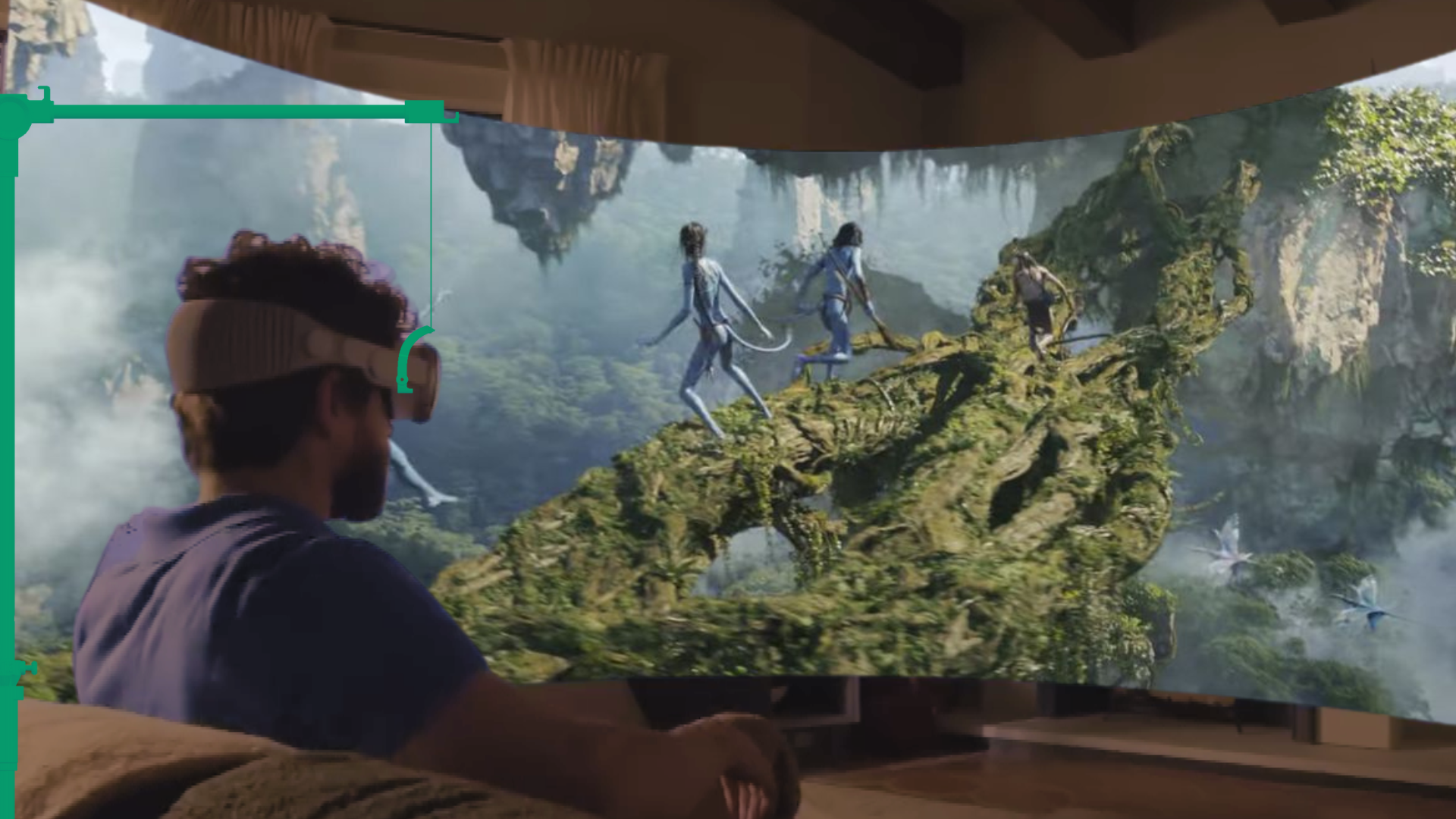
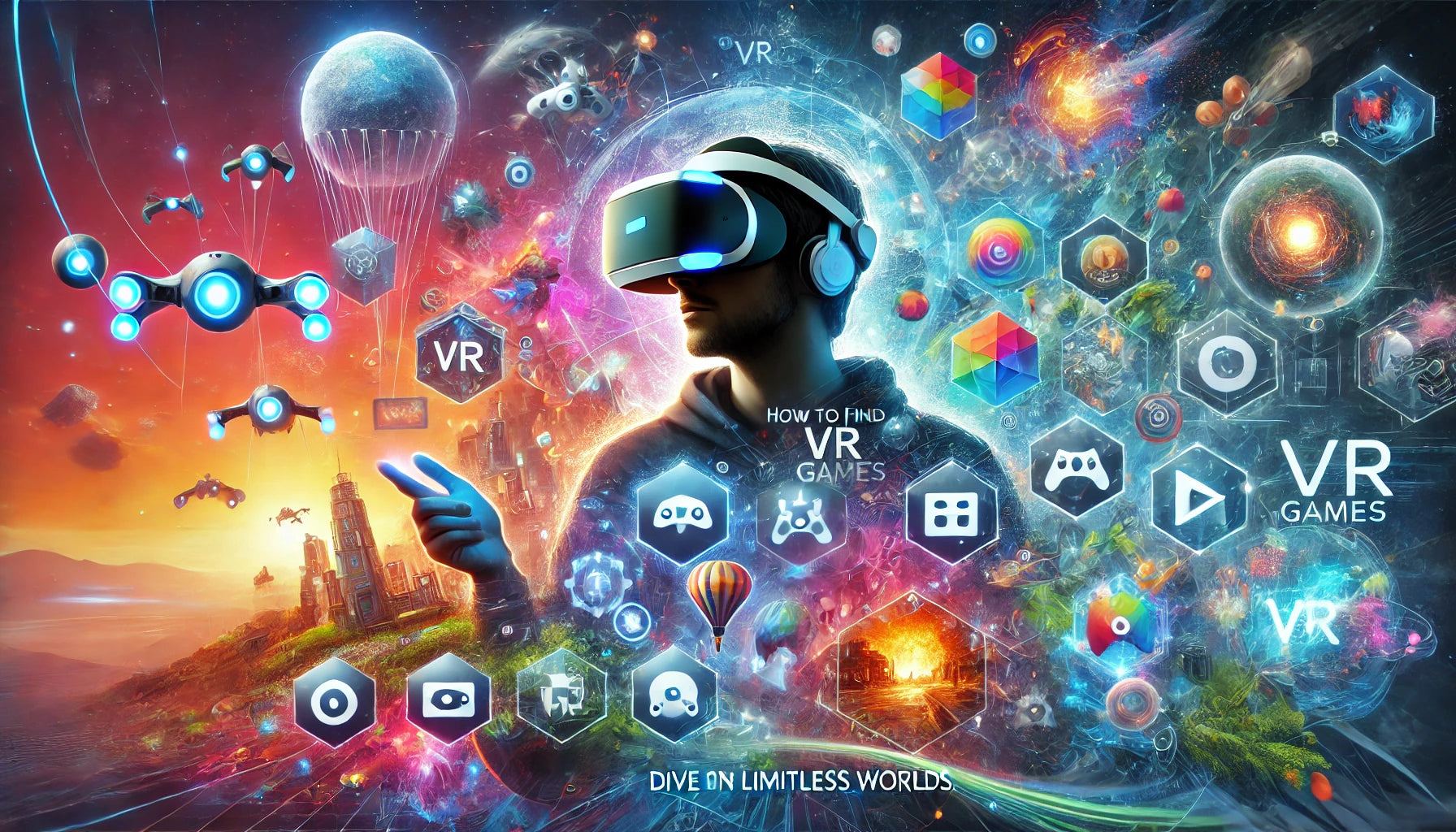
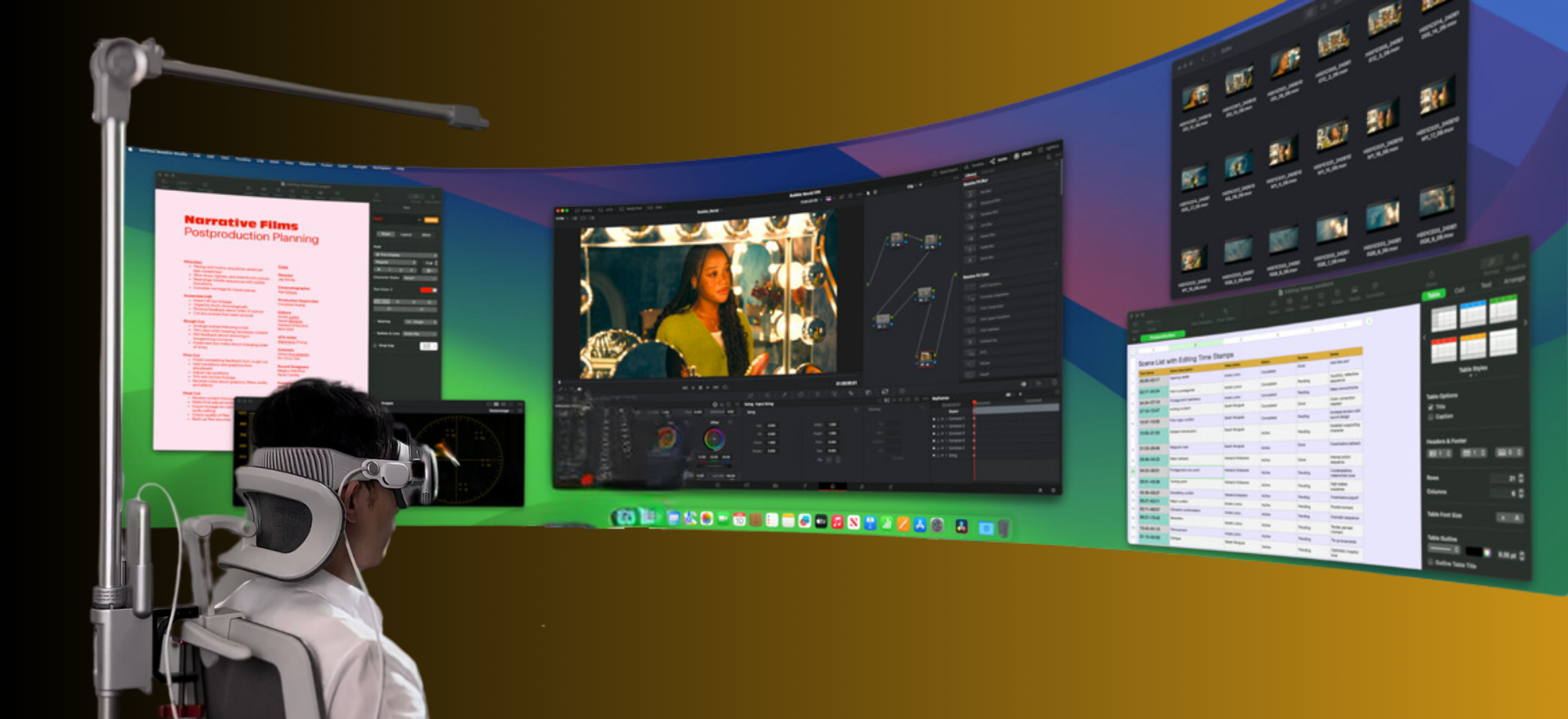
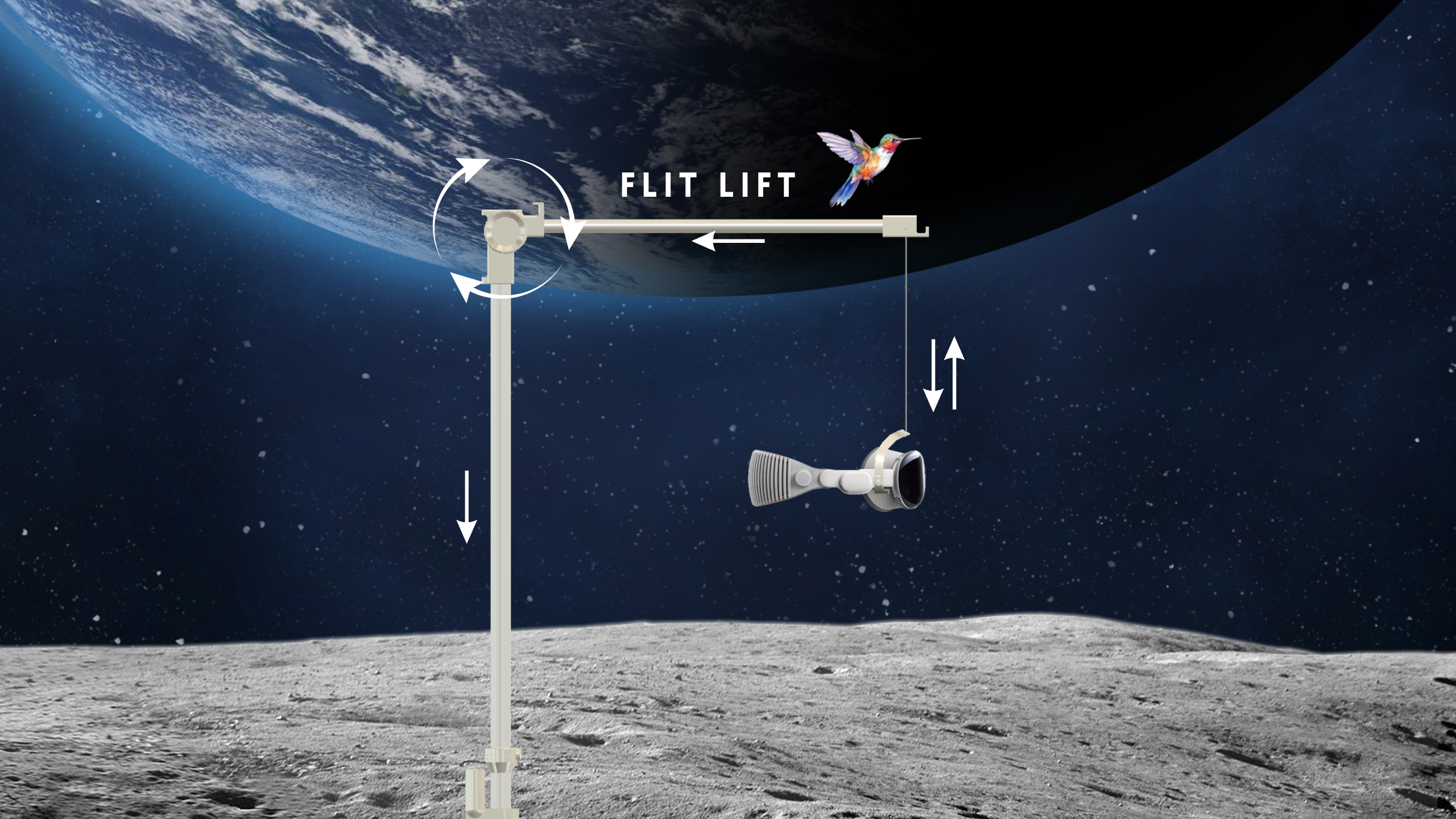
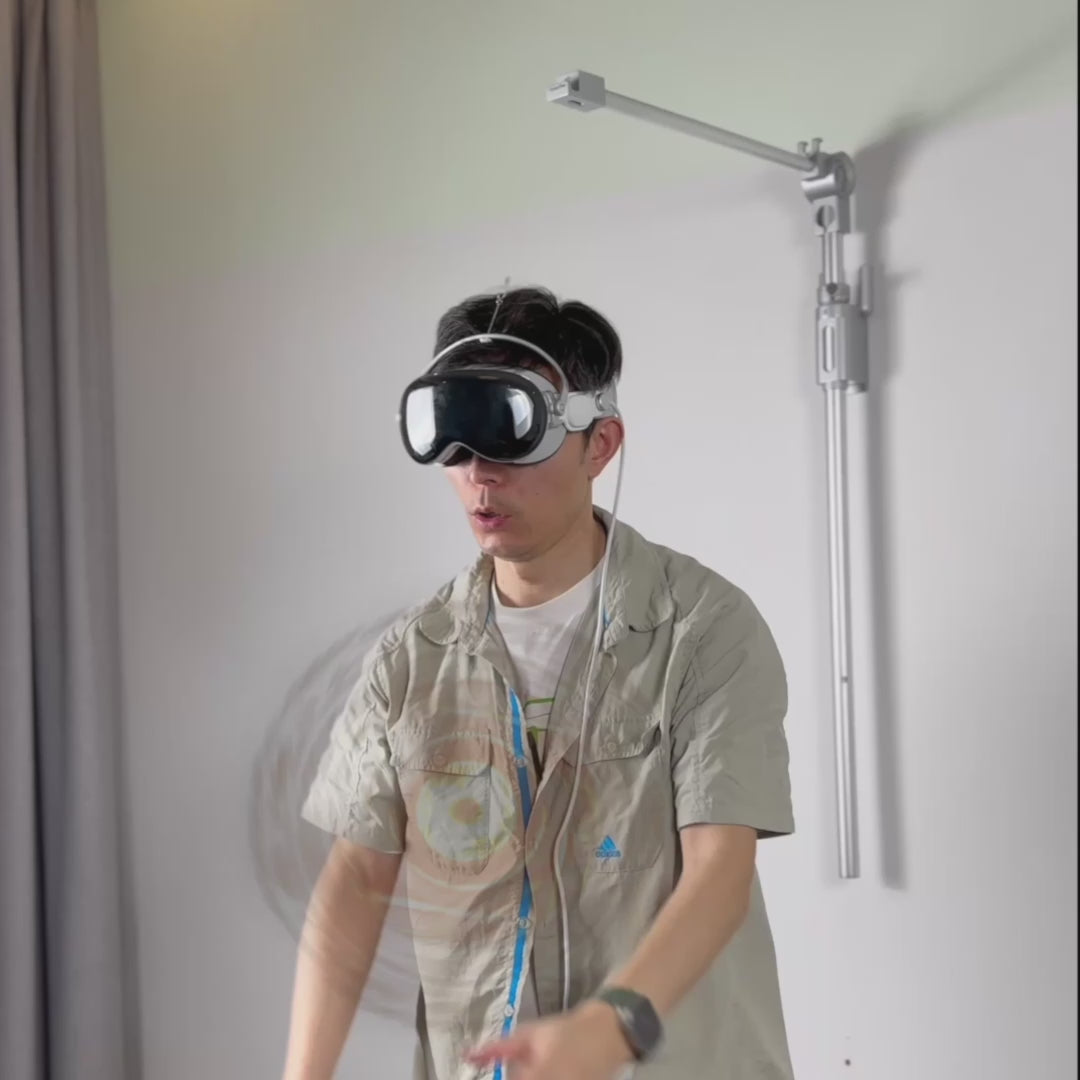
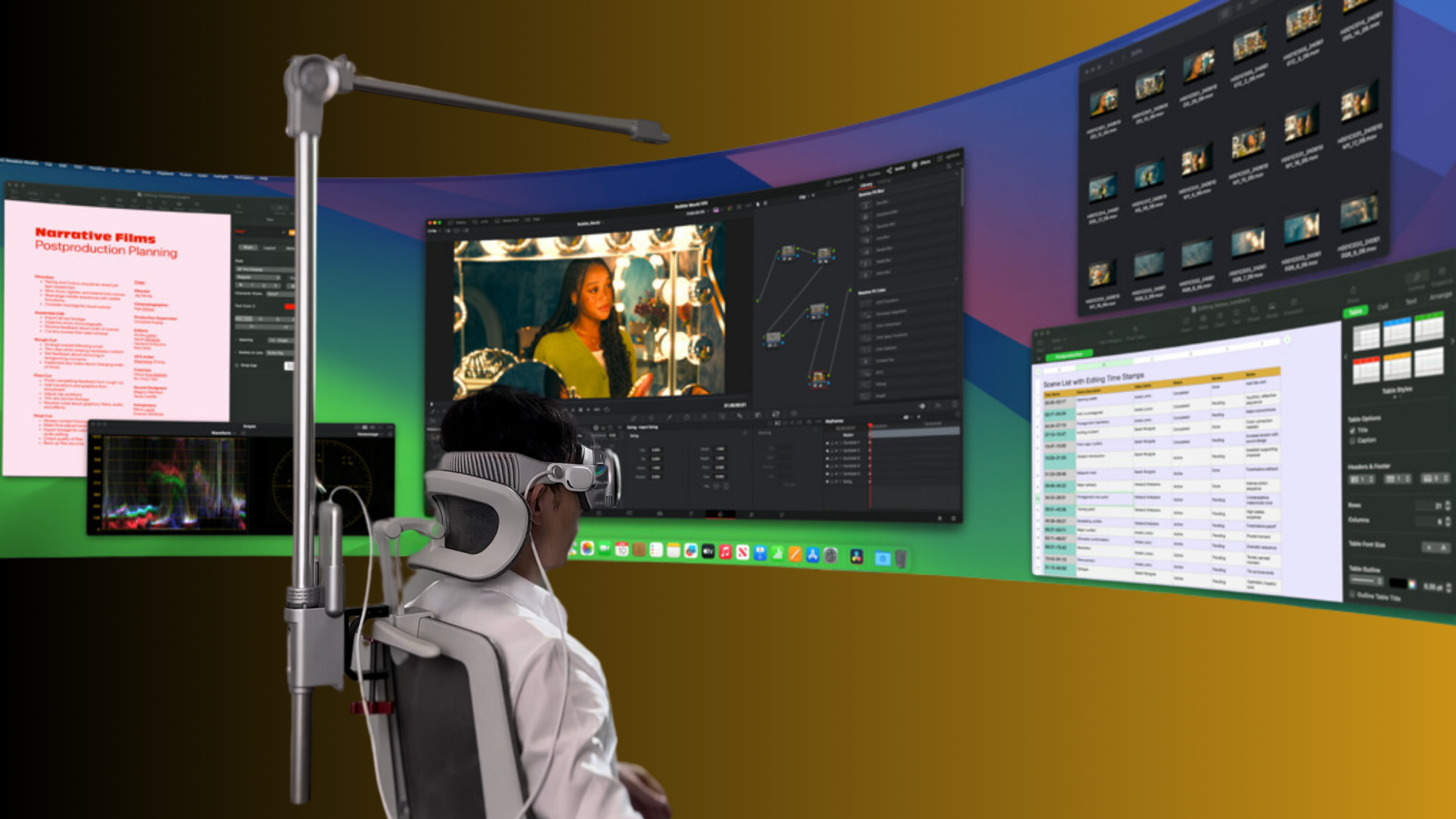
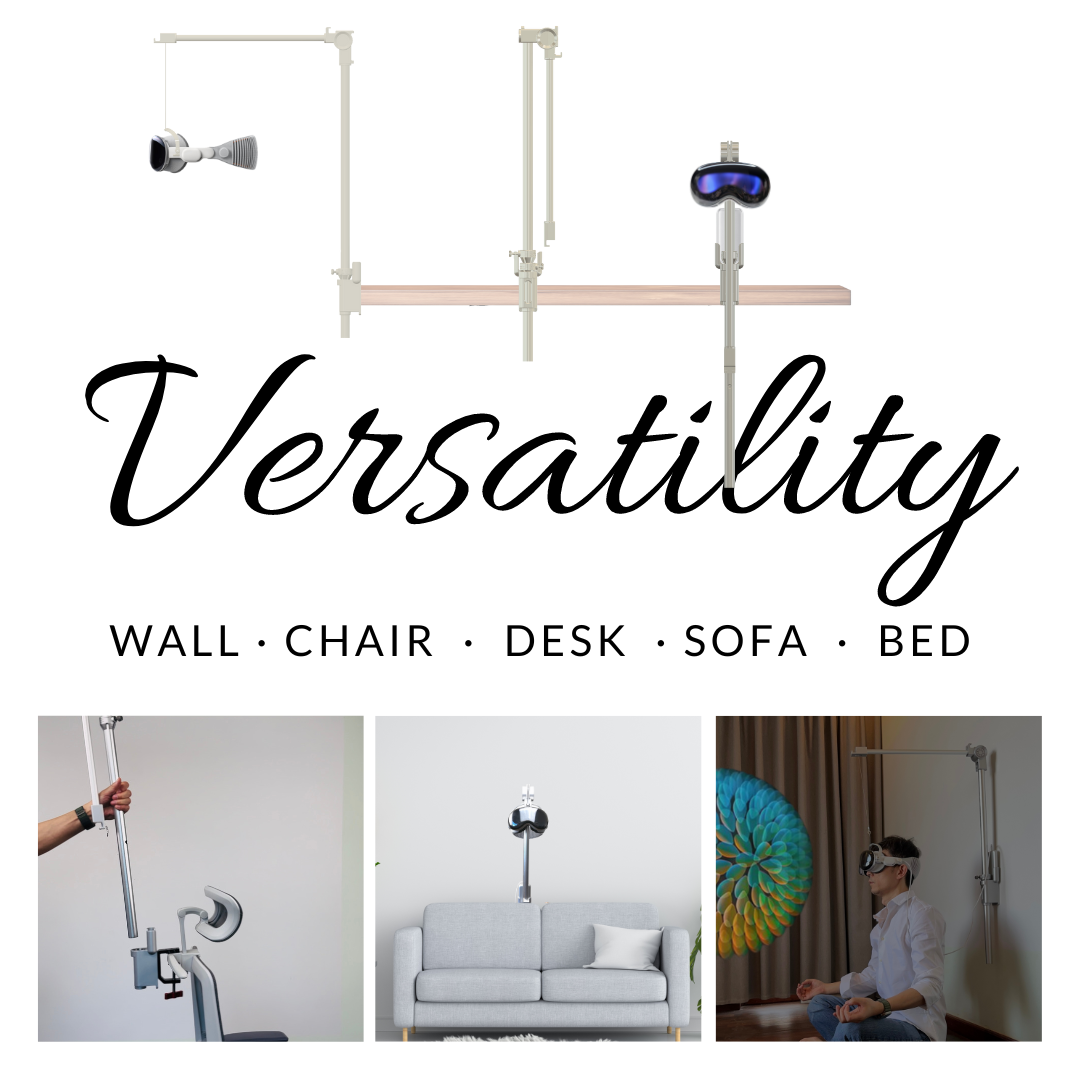
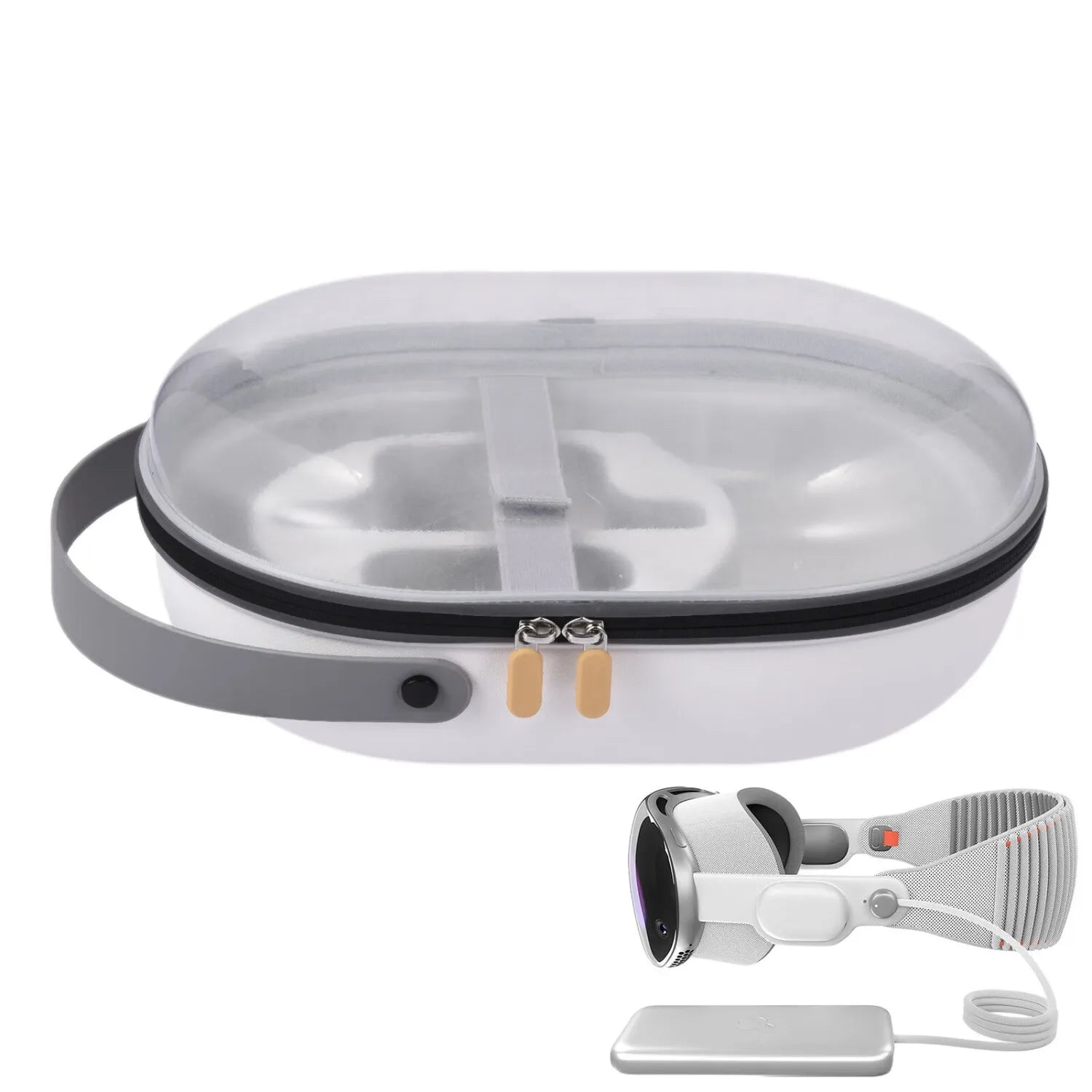
Compartir:
Enhance Your Virtual Experience with the Best VR Hygiene Kit
Finding the Best VR Hygiene Kits for a Safe and Comfortable Experience